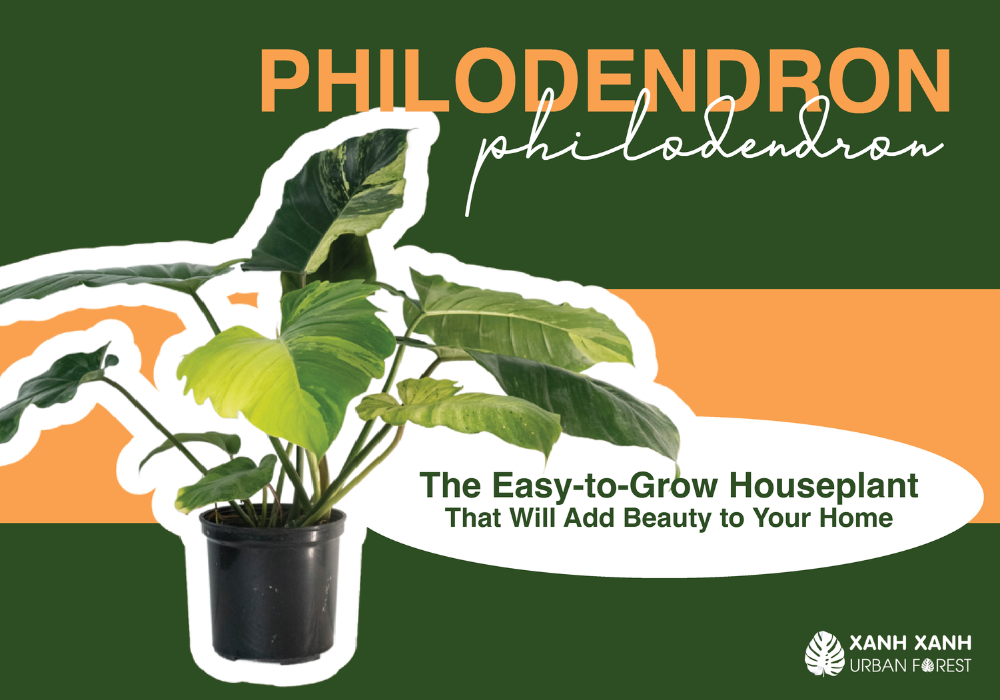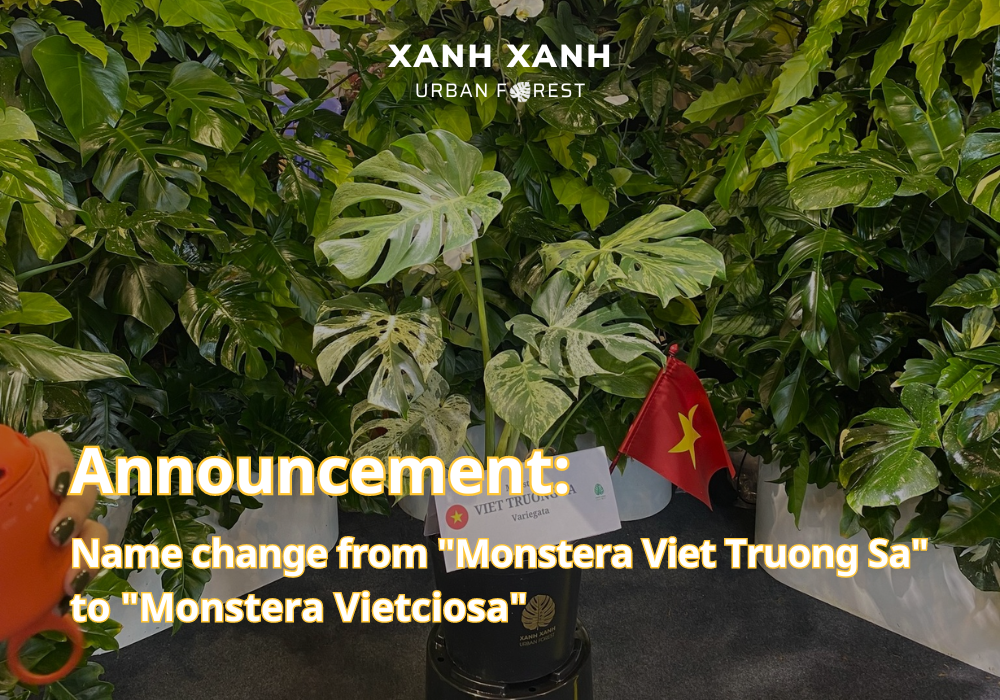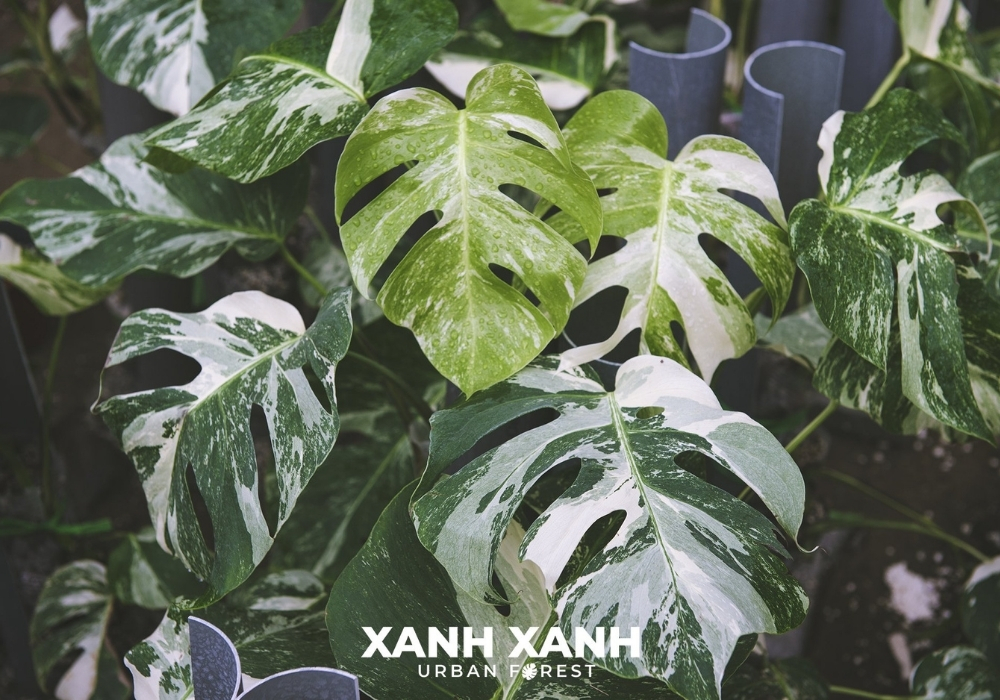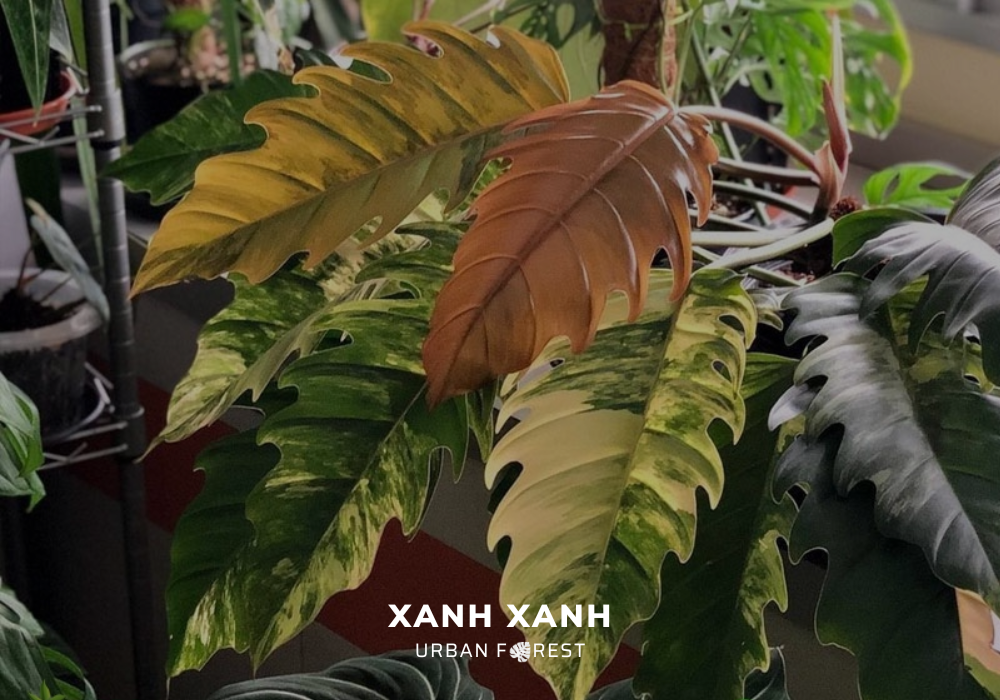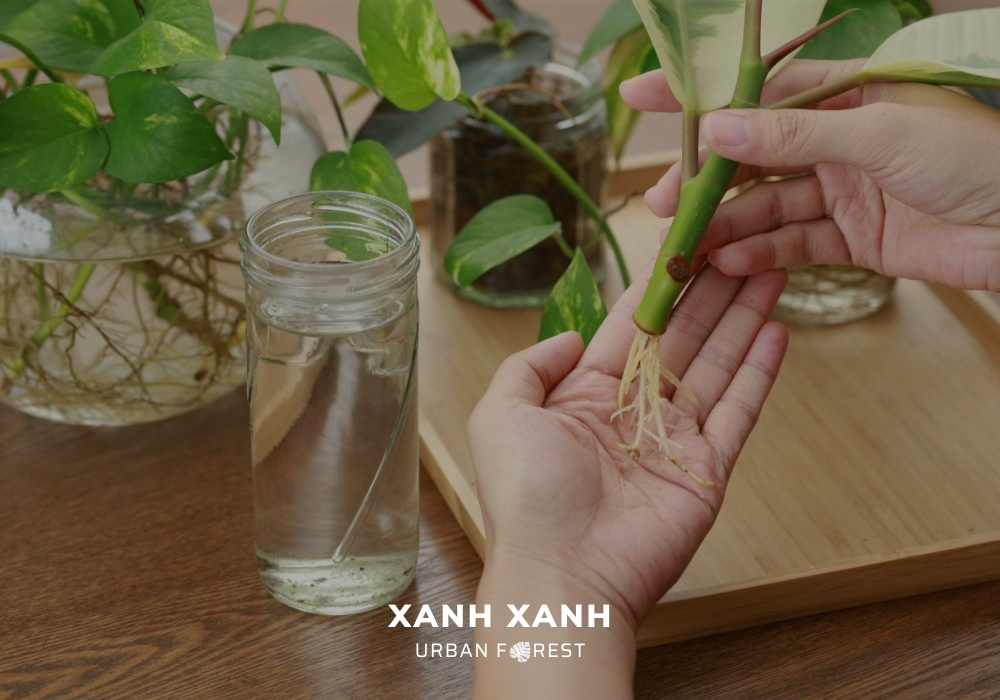Table of Contents
Overview of Philodendrons
Philodendrons are members of the Araceae family of evergreen plants. Though they are throughout today, their original home is in the tropical and subtropical regions of the Americas.
They can develop into vines, shrubs, or plants with heart-shaped or shaped leaves that are variegated, yellow, red, or green in color. Philodendrons are attractive houseplants for enthusiasts of unusual plants because of their adaptability to a variety of situations and low maintenance needs.
Light
Philodendrons are tropical plants from tropical rainforests that need bright, indirect sunlight to thrive. If they get too much direct sunlight, their leaves can scorch. Philodendrons can tolerate low light conditions, but they will not grow as well or produce as many leaves.
The ideal growing conditions for Philodendrons are four to six hours of bright, indirect sunlight each day. If you are in a sunny area, you can put your philodendron in a room with filtered sunlight or near a window that faces north. If your environment is more temperate, you can put your philodendron in a window that faces south; just make sure it stays out of direct sunlight during the hottest portion of the day.

Potting mix
Rich in organic content, loose, well-draining potting soil is ideal for philodendron growth. This kind of soil offers the best drainage and aeration, guarding against root rot, which is a common issue with overwatered plants.
A combination of peat moss, perlite, and compost makes an excellent potting mix for Philodendrons. Compost provides vital nutrients, perlite enhances drainage, and peat moss aids in moisture retention.
For Philodendrons, commercial potting mixes made for tropical plants are also an excellent choice. These mixtures usually consist of bark, perlite, and peat moss.
Avoid using overly heavy or rich potting soil for Philodendrons as this can retain too much water and choke the roots.
Watering
Philodendrons are tropical plants that prefer moist soil. Although Philodendrons require little upkeep, it’s crucial to water them properly to prevent root rot and other issues. A finger inserted about two inches into the soil will tell you when to water your philodendron. It’s time to water if the soil feels dry to the touch.
Watering Philodendrons once every one to two weeks is recommended during the growing season. However, based on the circumstances in your house, you could need to water more or less regularly. For instance, you might need to water your philodendron more frequently if it is situated in a hot, dry area. In contrast, you might need to water your philodendron less frequently if it is situated in a chilly, humid area.
During the winter, Philodendrons go dormant and require less water. Water your Philodendron only when the top 2 inches of soil are dry.
Overwatering can cause a number of problems for Philodendrons, including:
- Yellowing or wilting leaves
- Stunted growth
- Root rot
If you notice any of these signs, it is important to reduce your watering frequency.
Temperature
Tropical plants like Philodendrons like warm, humid environments. Depending on the species, the optimal temperature range for philodendron growth is often between 18 and 29 degrees Celsius. In order to avoid burning its white or cream-colored leaves, variegated Philodendrons need to be kept at somewhat lower temperatures (20–25 degrees Celsius).
Humidity
High humidity is preferred by philodendrons. For the plant, the optimal humidity range is 60–80%.
To improve the humidity around your Philodendrons, try these few suggestions:
- Put them in a damp area of the house, such as the kitchen or bathroom.
- Weed the leaves on a regular basis.
- In arid climates, the plant might need to be placed on a pebble tray or a humidifier could need to be used.
Fertilizer
Fertilizer is essential for optimal plant growth and development. It provides plants with the nutrients they need to help plant health.
With the Philodendron plant, use soluble NPK 20-20-20 fertilizer and slow-release fertilizer such as 13-13-13, combined with micronutrient foliar fertilizer. Phosphorus (P), potassium (K), and nitrogen (N) are all present in identical proportions in this solubility. Plants require these three main macronutrients for growth and development.
Twice a week in the summer and once a month in the winter, apply soluble fertilizer.
Common problems
Despite being low-maintenance plants, Philodendrons can nonetheless have typical issues. The following are some of the most typical problems you might run into, along with their causes and fixes:
1. Yellow leaves
There are several reasons why leaves may become yellow, such as using cold water when watering, getting too little sunlight, or spending too much time in the sun. A symptom that the plant isn’t getting enough water could be the yellowing of the older leaves. It can indicate that the plant is receiving too much water if the bottom leaves are becoming yellow.
2. Yellow leaves with a rotten smell
This could indicate root rot, a dangerous disease brought on by excessive watering. In most cases, cut off the black, mushy root rot and replant the white or yellow root sections in a clean pot with new soil. If the plant has completely rotted roots, cut off the roots, clean them, and dry them in a cool, well-ventilated place for half a day to 1 day. Then soak in rooting water, change the water regularly twice a day to provide oxygen in the water for the plant to quickly grow new roots. When the plant grows new roots, plant it in a pot with a clean and well-drained potting mix.
3. Brown leaves
If the plant is growing, the leaf edges turn brown (leaf burn), the plant may be shocked with cold water. In addition, if the leaves of your plant start to turn brown and mushy, it is likely that you are overwatering. The brown leaf edges start to curl up indicating that the plant needs more water and less sunlight.
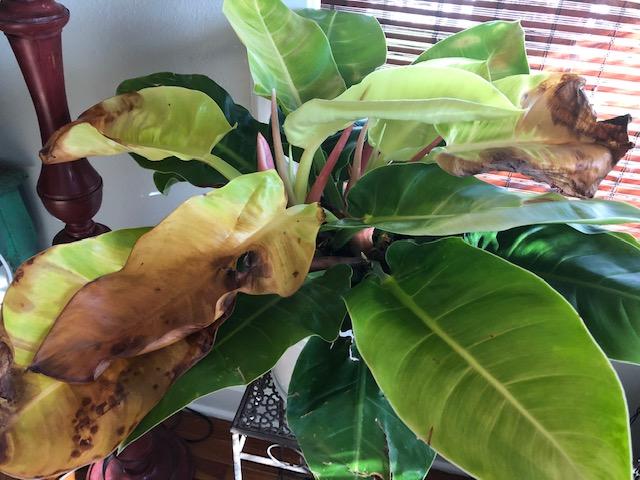
Conclusion
A little tropical flare can be added to your home with Philodendrons, which are lovely and low maintenance houseplants. Your philodendron will flourish for many years if it receives the right maintenance.
The professionals at Xanh Xanh are always available to answer your inquiries in order to keep your plants healthy. Contact us via:

